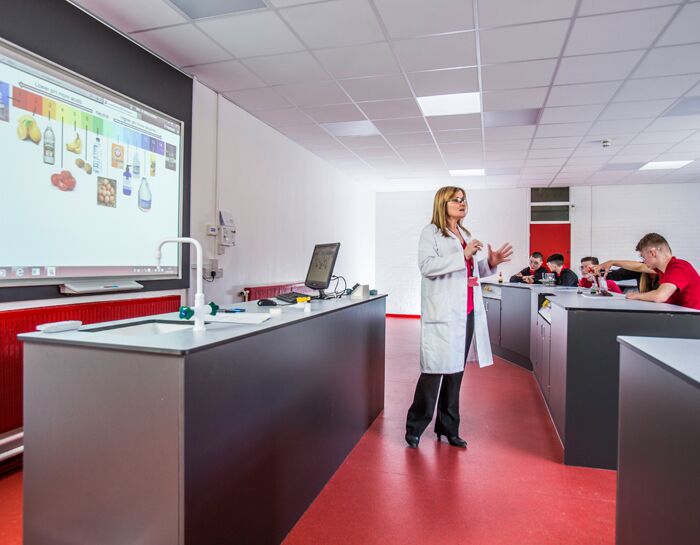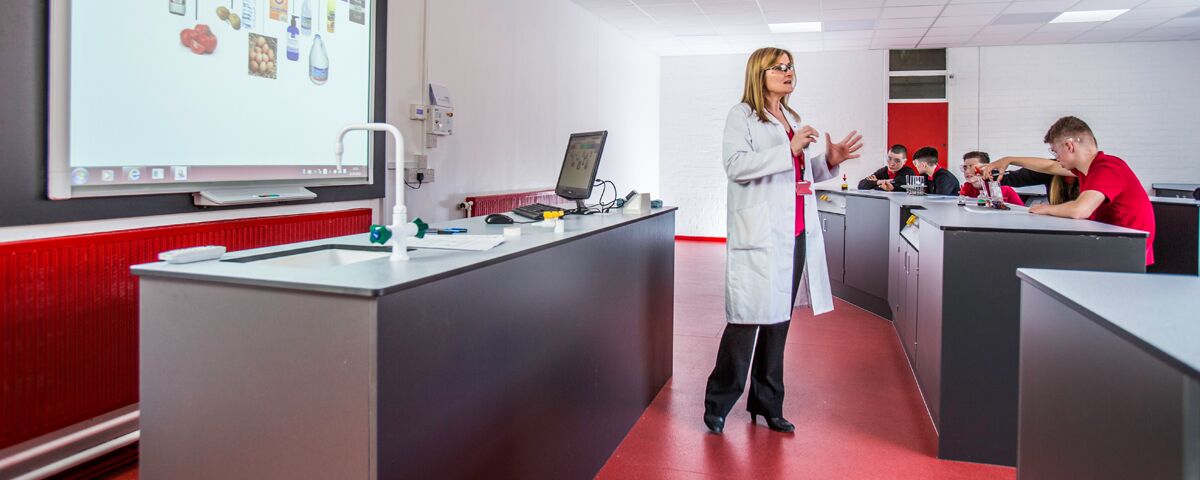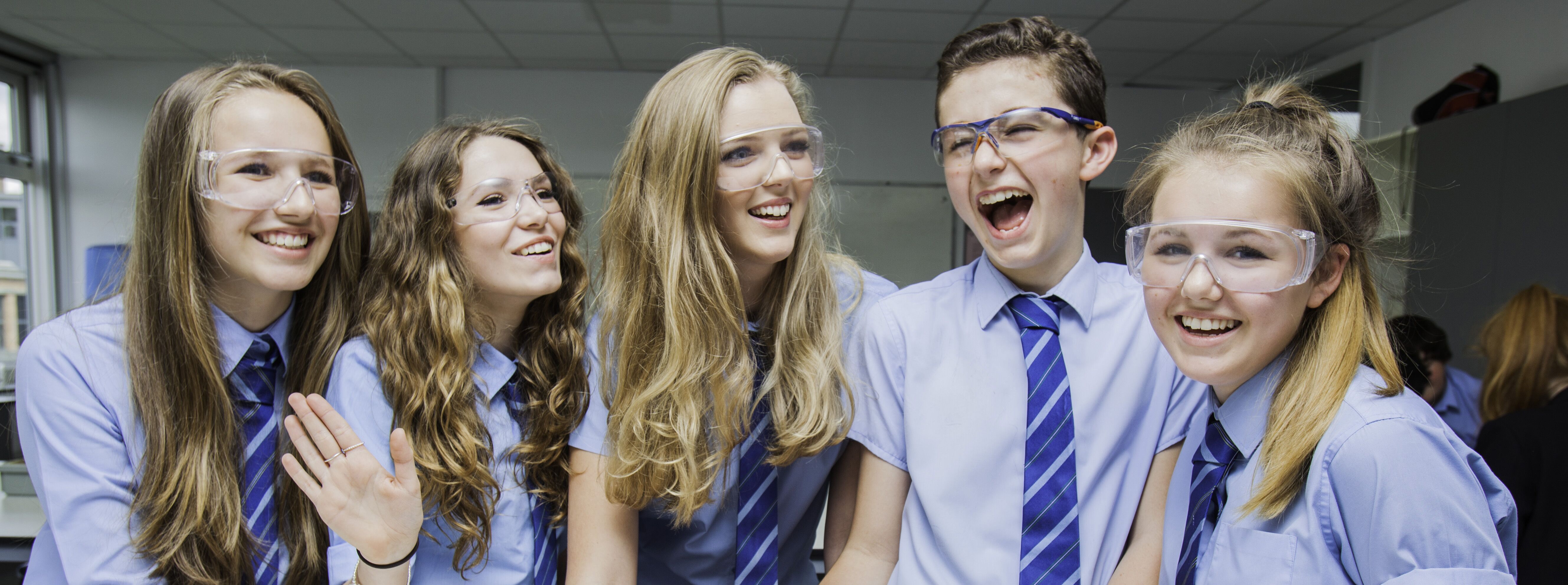Poorly Designed Schools are damaging Education, says RIBA
Poorly designed schools are damaging education, says RIBA, the professional body for architects, has found too many state schools are ‘dangerous and dilapidated’.
As the UK faces a growing shortage of school places and a crisis in both the attraction and retention of teachers, with 1 in 5 considering leaving the profession, RIBA’s Better Spaces for Learning report on the state of schools buildings highlights urgent action and investment is needed. Without action there is a danger our pupils and teachers will find themselves in overcrowded and poorly maintained buildings.
Poorly designed schools are damaging education, says RIBA
“How can we expect our children to compete with the world’s best when too many of our school buildings are substandard? We urge the Government to review its programme of building new schools.”
According to the Government’s latest survey of the school estate, just 5% of the 59,967 school buildings in the study were classed as performing to their optimum capability in 2015. With limited funding available to bring dilapidated school buildings into the 21st century, it is crucial that every penny spent on school buildings delivers the maximum value for money.
While education is subject to extreme budgetary pressures and constraints, surely the built and physical environment, which has such a huge impact on the learning and working environment, should be a greater priority? And surely we can do better for our pupils and teachers?
Below is a summary of the key findings from the report:
Good school design pays
RIBA has identified good school design can reduce running and maintenance costs, with a current annual spend of £150 million on unnecessary operation costs, the school estate at present does not deliver good value. The easier buildings are to maintain, the more likely they are to operate effectively, costing the Government less in the long run.
School design impacts teachers
A well designed school not only has a positive impact on students, but also can have a positive impact on school staff’s productivity. Evidence from the British Council for Offices and the Commission for Architecture & the Built Environment revealed that just by installing good lighting, workplaces can increase productivity by between 2.8 per cent and 20 per cent as well as reducing the number of absences by up to 15 per cent.
There is a strong argument to say that better designed classroom environments could significantly reduce the number of dissatisfied teachers and help combat the attraction and retention crisis that is engulfing the profession.
What should the government do?
- Better Spaces for Learning reveals that the Government’s current PSBP programme of building new schools is inefficient and the programme should be reviewed to guarantee better outcomes for public money.
- Adopting a more flexible approach with clearer baseline standards will enable the best possible use of resources.
- Taking a smarter approach to the use of building management equipment that controls the internal environment of modern school buildings will be more cost effective.
This report highlights that urgent action is needed to ensure that EFA funding is spent on school buildings which work for students, teachers and parents.
At Innova Design Group good school design is at the heart of our business, just like RIBA, and we believe that every pupil deserves a place at a high performing school which prepares them for adult life.
Sources:
http://www.theguardian.com/education/2016/apr/17/england-10000-gap-primary-school-places
A nationwide poll of teachers conducted by ComRes on behalf of RIBA, February 2016
Department for education 2014 Schools, education and children’s services spending: 2013 to 2014, Table 3, Cell O34
http://www.theguardian.com/education/2015/oct/20/teacher-shortages-uk-recruitment




